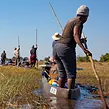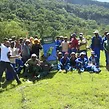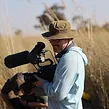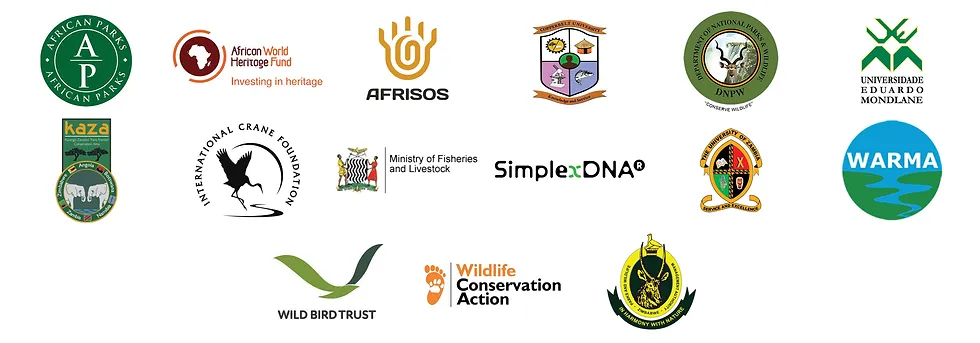From their sources to their final
destinations in deltas and swamps,
these six major river basins are vital not
only for supporting some of the planet’s
most biodiverse ecosystems but also for
providing drinking water and irrigation
to over 400 million people. Despite
their significance, these river systems
have long been undervalued, neglected,
and exploited for the gain of outsiders.
Africa’s last wild rivers now face severe
threats from rapid, unsustainable
development, including deforestation,
mining, fires, pollution, and damconstruction.
The inaccessibility and
remoteness of the Great Spine have left
a significant gap in scientific data,
which is crucial for defending against
the catastrophic impacts of climate change.

With the help of mekoro and canoes, we have traversed and explored more than 16,000 kilometers of Africa's most remote river landscapes. Over the next decade, we plan to survey an additional 45,000 kilometers, employing a variety of standard research techniques. By utilizing technologies like satellite imagery and AI, we gather data to evaluate the health of rivers within specific systems, across entire basins, and over time. This approach allows us to create a River Health Index, which can influence immediate actions, shape long-term policies, and support community-based conservation efforts.

Our conservation efforts rely heavily on the support of local communities. These communities serve as our local experts, possessing cultural traditions shaped by the rivers they depend on and a deep understanding essential for protecting wild areas. We collaborate closely with them to support sustainable livelihoods and enterprises that align with their environment. To achieve this, we continually seek out and partner with local organizations and entities that can work with us across various sectors.

Creating top-tier documentaries, podcasts, and other conservation media is essential to advancing our long-term goal of building momentum for stronger environmental protection. By sharing the science, as well as the histories and cultures of local communities, we strive to highlight the opportunities and challenges present in these remote and often underappreciated wilderness areas. A crucial part of this mission is developing a network of local storytellers who can offer media from deeply localized and frequently overlooked perspectives.


The Wilderness Project is incorporated in the United States of America in Delaware. It is a recognized 501(c)(3) corporation which holds Public Charity Status.
EIN: 83-1279703.